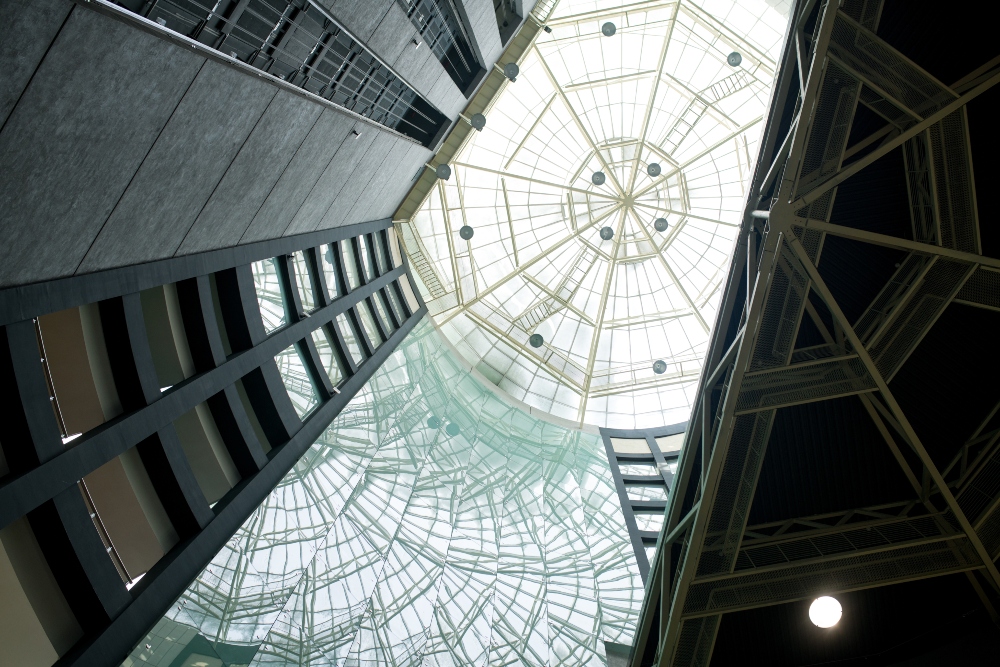
SSUCv3H4sIAAAAAAAEAJ1UyY7jIBC9jzT/EPkcJHbDHPs3oj5gwAmKYyKDe9Rq5d8HbwnOdpgb9arqVRW84uf3r82mqFRwuviz+RmsZLum6UPsVHS+TTDczrg1LvrOqWYAB+wyeooQVeyDDRkFwqSrk02WXNWo03cOaNWG6PXxfPDR5w7TWXUK0Z1sjtYpqnEqh86+NSwHwqGP0XYj7YBnLWoV7T71vmpymXs32ZvFMfcXk6sothkW+mrEFuiy/e/M6fB5vZ69bfX3rbfHaXYZG7nyfF6LZDeUhyIIJX4WvrrmPEPAVeeCrEyEnrJVbr96zZzwow+utSGseD6UPu4737cmPONb5JLzGFaZEisLtIQQ0NJIUGFJgLGoltoISJFc1aAEIYgIBAoaAqjSEEguGIA1rWpeciEsuhWfDpdMNJ1trJp0vVt0zSsoSkVBhSQDVFcMVFxxgDixEhrNiK1HymmW4vg3PeFpFN1M+uWM9ZmteuN8Jsovr1UT7uR77px27T5L8/Fgu8zWaWP9KQNaH8fOZx0WJm3AYCKCuGSlkJgyWSIi5/ctxvdzJu91WuyDS64uE2fRnxuvjDUrvd70hximEhFO0Au5zQElZLeA+/9gIZHoURVLPqU33926TCEcsSx9+ZQmXykFvvmWzyT5GKQMEjbr4fq59NXJpQpvhmYQYUHZ66EZhIIw/K7pgYPz500nH0oqf3tnqUR6Vfz0zoZ8TviroUuKxeMSODOqhid/bSgwBJeAimGpaIlBqSBnBhtoqUm6v/wDjXDHuVEGAAA=
Design is actually an act of communication, which implies that the designer interacts with a deeper understanding of the individual. The bonus for businesses that have a positive connection with customer’s feelings can be important. How can we recognize the important catalysts that contribute to these connections? Emotional architecture design will affect motivators and pave the way for strategic benefits and development.
Why Are Designs Connected To Emotions
All around us are designs in one way or another and basically, all architecture produces an emotion. We undergo a moment-by-moment emotional reaction to our atmosphere: like or hate, elation, excitement, anger. We’re literally ‘ feeling ‘ it. Design is intimate and personal. A few businesses are beginning to recognize the potential here to capitalize on consumer emotions and customer loyal relationships. Opportunities occur as businesses shed a brighter light on the role of empathy in the customer experience.
Emotion Evokes Response
As we speak about emotional design we care about how the structure or experience with a product influences the customer. For visual design, the impact is moment-by-minute and occurs at three stages of the brain: visceral, reflective, and behavioral. Between such stages, there is a delay: it is an emotion first, behavioral second, then eventually reflective. When a building is creatively developed it gives clients a reassuring feeling, no matter what the building actually represents, the design can still trigger positive or negative emotions.
You Can Reduce Stress for High-Anxiety Clients
It seems that designers need to build not only new, practical and ecological buildings but also to concern themselves with mental health. Unmindful designers are designing buildings next to each other with little to no privacy— this definitely can not be ideal for business conditions and can cause stress to increase the stress of high anxiety clients. The environment is a critical trigger to high anxiety and the more peaceful or calm a building design is can reduce stress the moment a client walks in or sees the building. According to Vadim Podrobinok, a licensed architect in California, architects can reduce the levels of stress people feel when they are in buildings such as hospitals and courtrooms.
The connection between building design continues with a more in-depth analysis of emotional fluctuations, shifts, and patterns across all customer touchpoints. Instead of merely flagging direct requests or suggestions, businesses should be careful about how the design of their buildings may entice people and grow their satisfied client base consistently.


